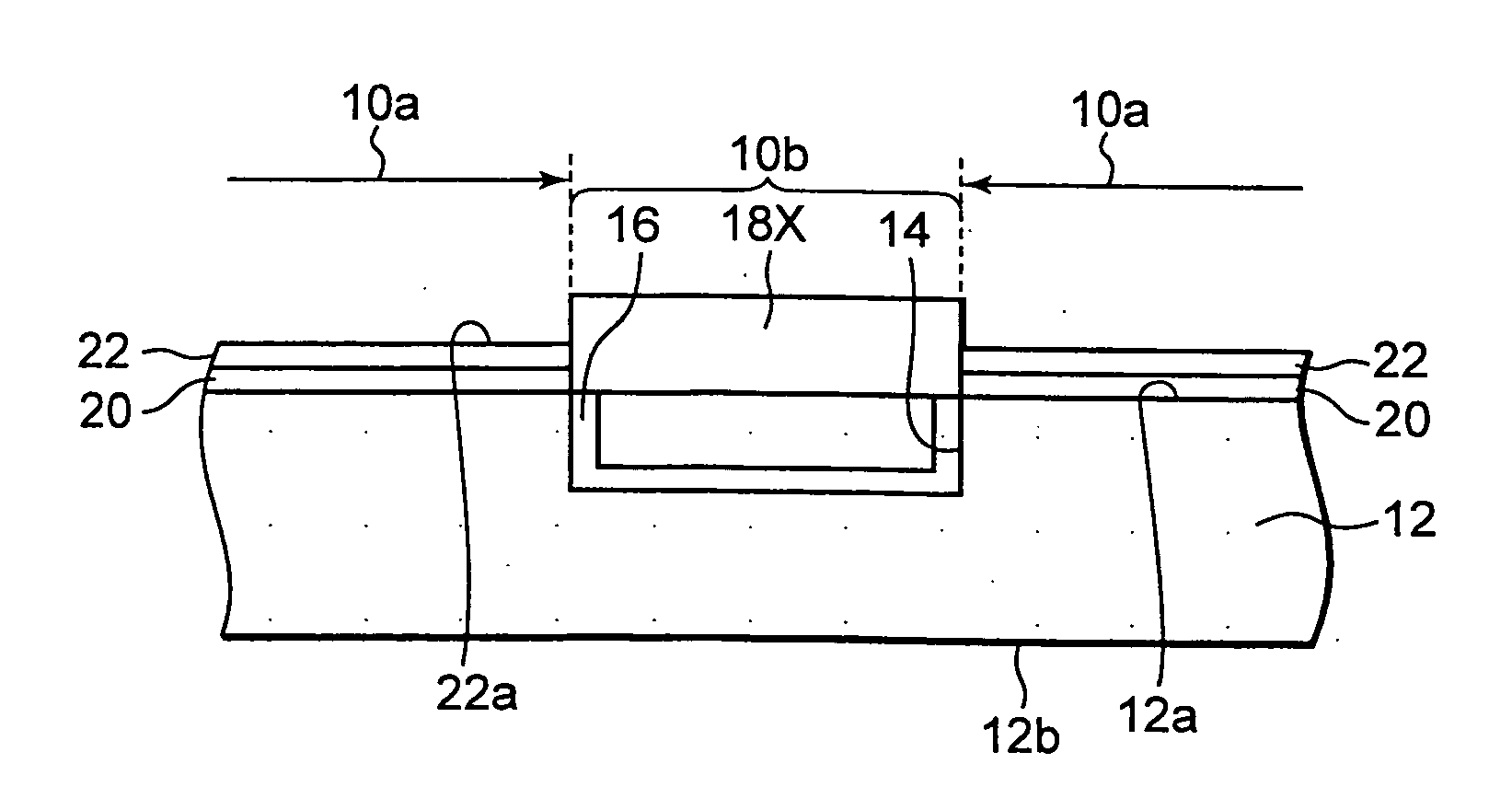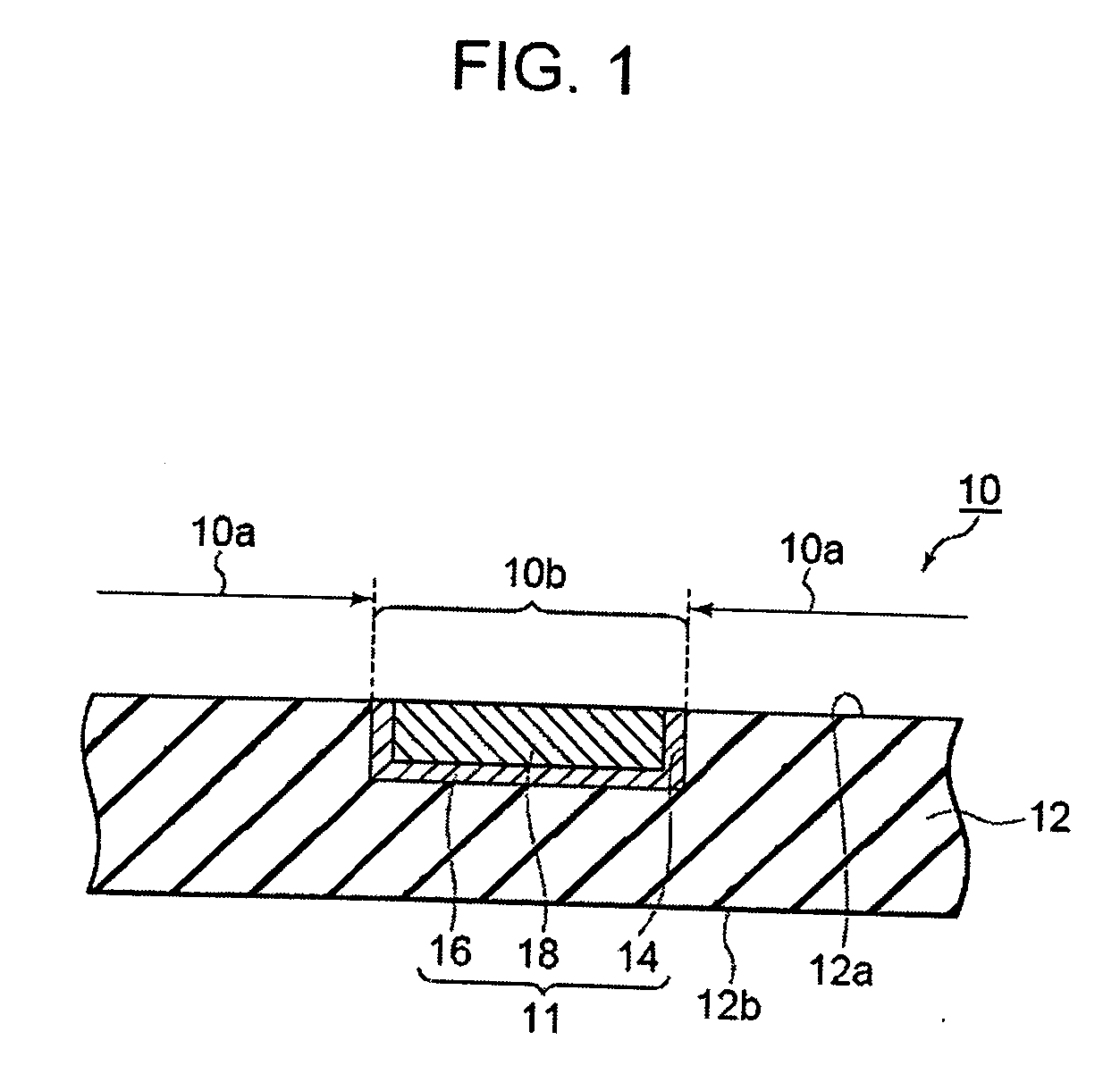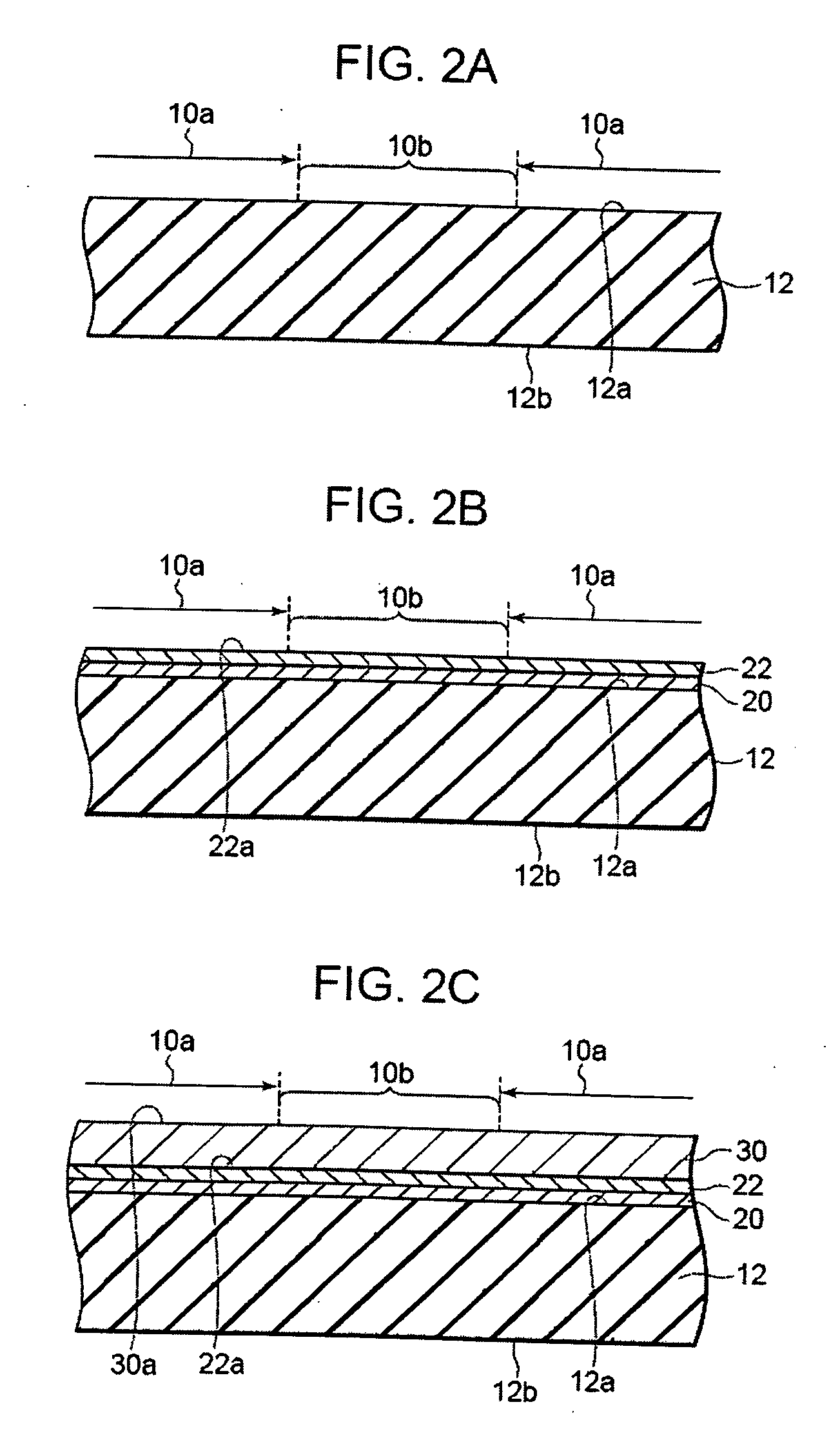Method for manufacturing element isolation structural section
a technology of structural section and element, which is applied in the direction of semiconductor/solid-state device manufacturing, basic electric elements, electric apparatus, etc., can solve the problems of reducing the electrical characteristic of each element, and affecting the uniformity of the in-plane. achieve the effect of preventing the occurrence of divots and satisfying the uniformity
- Summary
- Abstract
- Description
- Claims
- Application Information
AI Technical Summary
Benefits of technology
Problems solved by technology
Method used
Image
Examples
Embodiment Construction
[0029] Preferred embodiments of the present invention will hereinafter be described with reference to the accompanying drawings. Incidentally, the shape, size and physical relationship of each constituent element or component in the figures are merely approximate illustrations to enable an understanding of the present invention. Therefore, the present invention is not limited only to examples illustrated in particular.
[0030] Although the specific materials, conditions and numerical conditions or the like might be used in the following description, they are no more than one of preferred examples. Accordingly, the present invention is by no means limited to these preferred examples.
[0031] Further, be cognizant of the fact that similar constituent elements illustrated in the respective figures used in the following description are given the same reference numerals, and their dual explanations might be omitted.
[0032] (Configuration of Element Isolation Structural Section)
[0033] A co...
PUM
 Login to View More
Login to View More Abstract
Description
Claims
Application Information
 Login to View More
Login to View More - R&D
- Intellectual Property
- Life Sciences
- Materials
- Tech Scout
- Unparalleled Data Quality
- Higher Quality Content
- 60% Fewer Hallucinations
Browse by: Latest US Patents, China's latest patents, Technical Efficacy Thesaurus, Application Domain, Technology Topic, Popular Technical Reports.
© 2025 PatSnap. All rights reserved.Legal|Privacy policy|Modern Slavery Act Transparency Statement|Sitemap|About US| Contact US: help@patsnap.com



